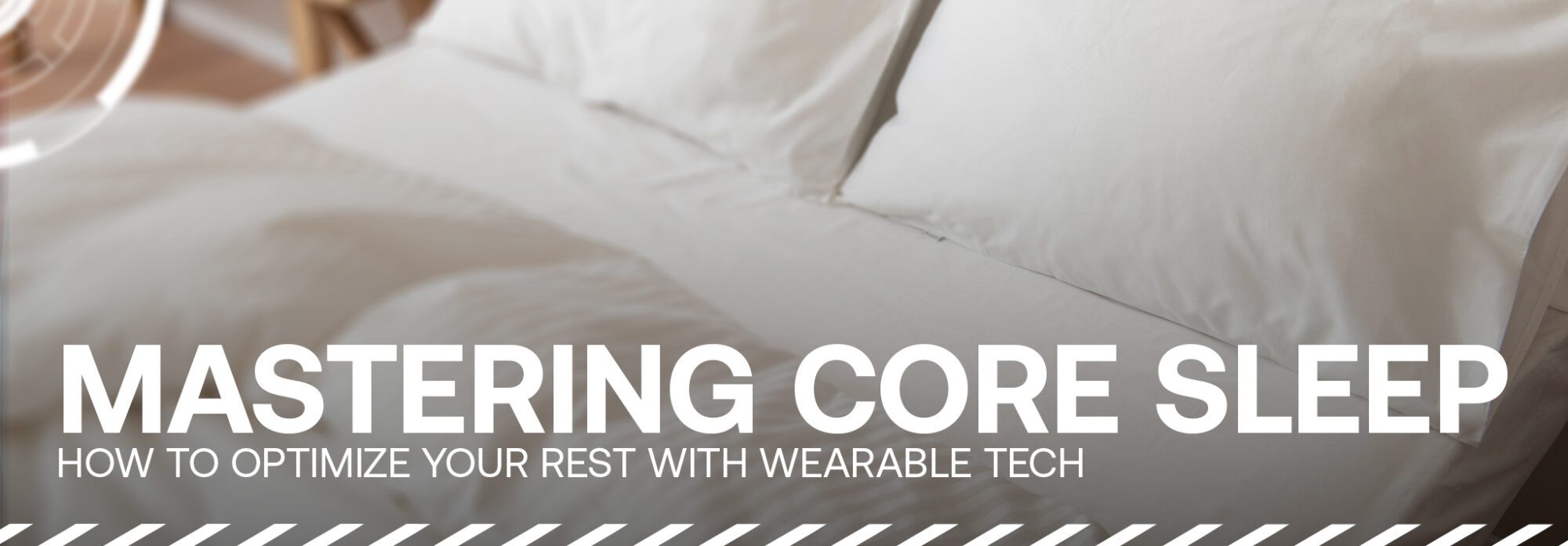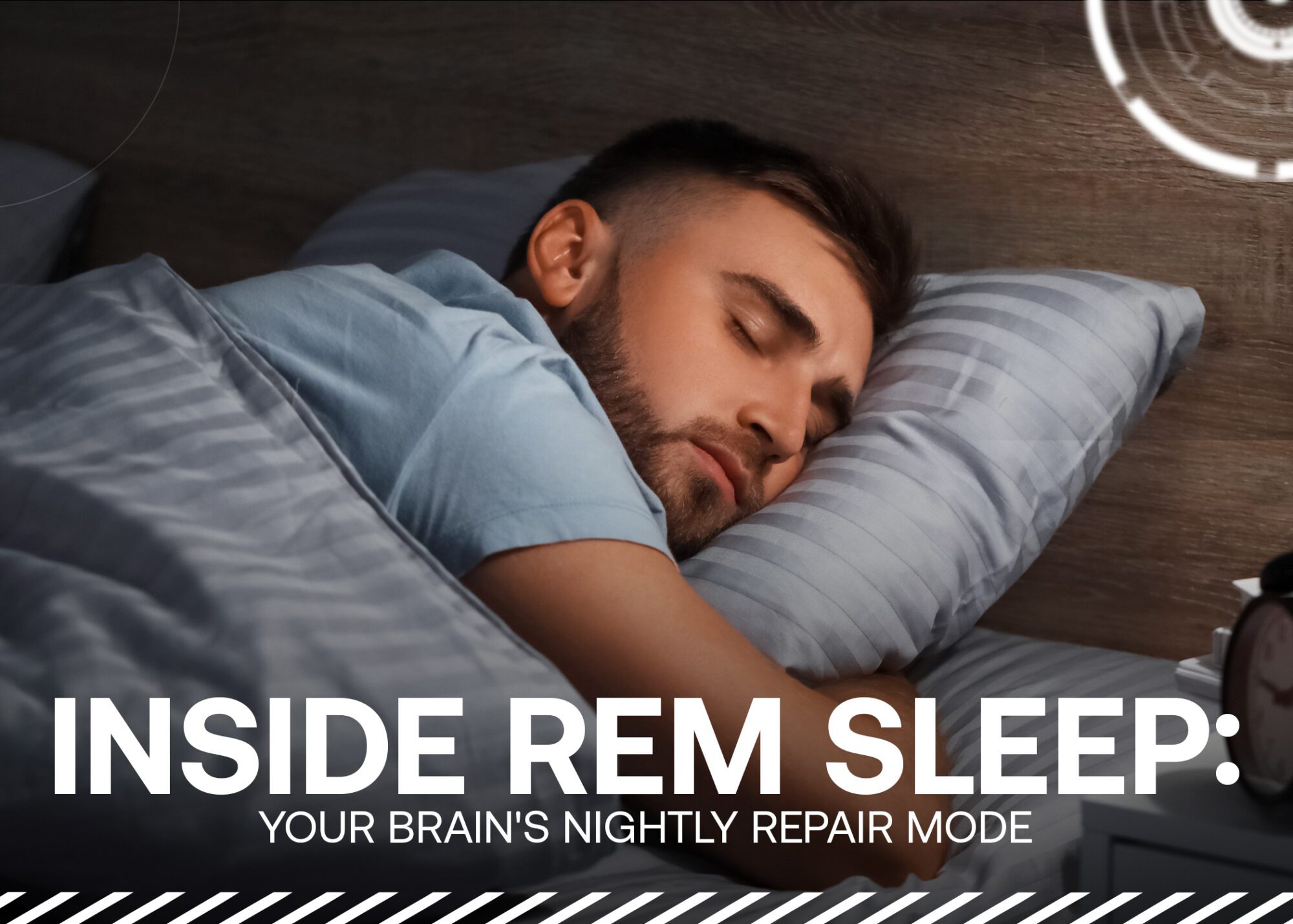
Mastering Sleep: How to Optimize Your Rest with Wearable Tech
In the ever-evolving world of wearable technology, we’re constantly learning more about how our bodies function—and nothing is more fundamental than understanding sleep. For those looking to optimize their health and wellness, cracking the code to better sleep begins with understanding the Core Sleep Phases. These phases play a critical role in how you recover, remember, and recharge every single day.
What Are Core Sleep Phases?
To put it simply, core sleep phases encompass the vital stages of your sleep cycle, including light sleep, deep sleep, and REM sleep. Each phase plays a distinct role in helping your body and mind recover.
- Light Sleep (Stages 1 & 2): About 50% of your night is spent here. Think of it as the warm-up act for deeper rest, preparing your body and brain for recovery.
- Deep Sleep (Stage 3): This is the powerhouse of restoration. During this phase, your body repairs tissues, strengthens your immune system, and rebuilds energy stores. Typically, deep sleep makes up around 20–25% of your total sleep time.
- REM Sleep: Known as the creative workshop for your brain, this is where dreaming occurs. REM sleep is crucial for memory consolidation and problem-solving, accounting for another 20–25% of your nightly rest.
Calculating Core Sleep Time
So, how can you track the time spent in each phase? The easiest way is by using a wearable device that tracks your sleep cycle. These devices analyze metrics like heart rate, movement, and even temperature to estimate how much time you spend in each phase.
If you don’t own a wearable yet, you can still estimate. Here’s a quick calculation:
- Adults generally need 7–9 hours of sleep per night.
- About 50% of that will be light sleep (roughly 3.5–4.5 hours).
- Deep and REM phases usually make up 1.5–2.25 hours each.
Tracking consistently is key. Variability from night to night could point to stress, poor sleep hygiene, or other disruptors.
How to Improve Core Sleep Phases
Once you know where you stand, the next step is improvement. It’s not just about sleeping longer—it’s about sleeping smarter. Here are some practical tips to elevate your sleep quality:
- Stick to a Schedule: Going to bed and waking up at the same time—even on weekends—helps regulate your internal clock.
- Create a Sleep Sanctuary: Your room should be dark, cool, and quiet. A comfortable mattress and breathable bedding make a big difference.
- Unplug Before Bed: Blue light from screens can disrupt melatonin production. Try setting a cutoff for devices at least an hour before bedtime.
- Skip the Nightcap: While alcohol may help you fall asleep faster, it often disrupts deep and REM sleep later in the night.
- Relax Before Bed: Signal to your body that it’s time to sleep by winding down with meditation, light reading, or a warm bath.
Why Wearables Are Game-Changers
Wearables are a game-changer in sleep optimization, offering insights that were once only accessible through specialized studies. However, not all wearables are created equal. If you’re serious about optimizing your core sleep, investing in a high-quality device is key.
This is where Pison Perform by Pison Technology shines. Unlike basic trackers, Pison Perform provides precise, actionable data powered by advanced sensor technology. It doesn’t just guess at your sleep phases—it provides insights tailored to your needs. Whether it’s fine-tuning your bedtime routine or identifying stressors that disrupt your sleep, Pison Perform empowers you to take control of your rest.
Why Core Sleep Matters
Finally, let’s talk about why it all matters. Optimizing your core sleep phases can transform your days. When these phases are in sync, you wake up feeling refreshed, energized, and ready to tackle whatever comes your way. On the flip side, poor-quality or insufficient sleep can lead to fatigue, mood swings, and even long-term health issues like heart disease and diabetes.



